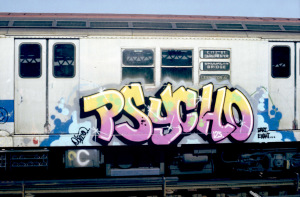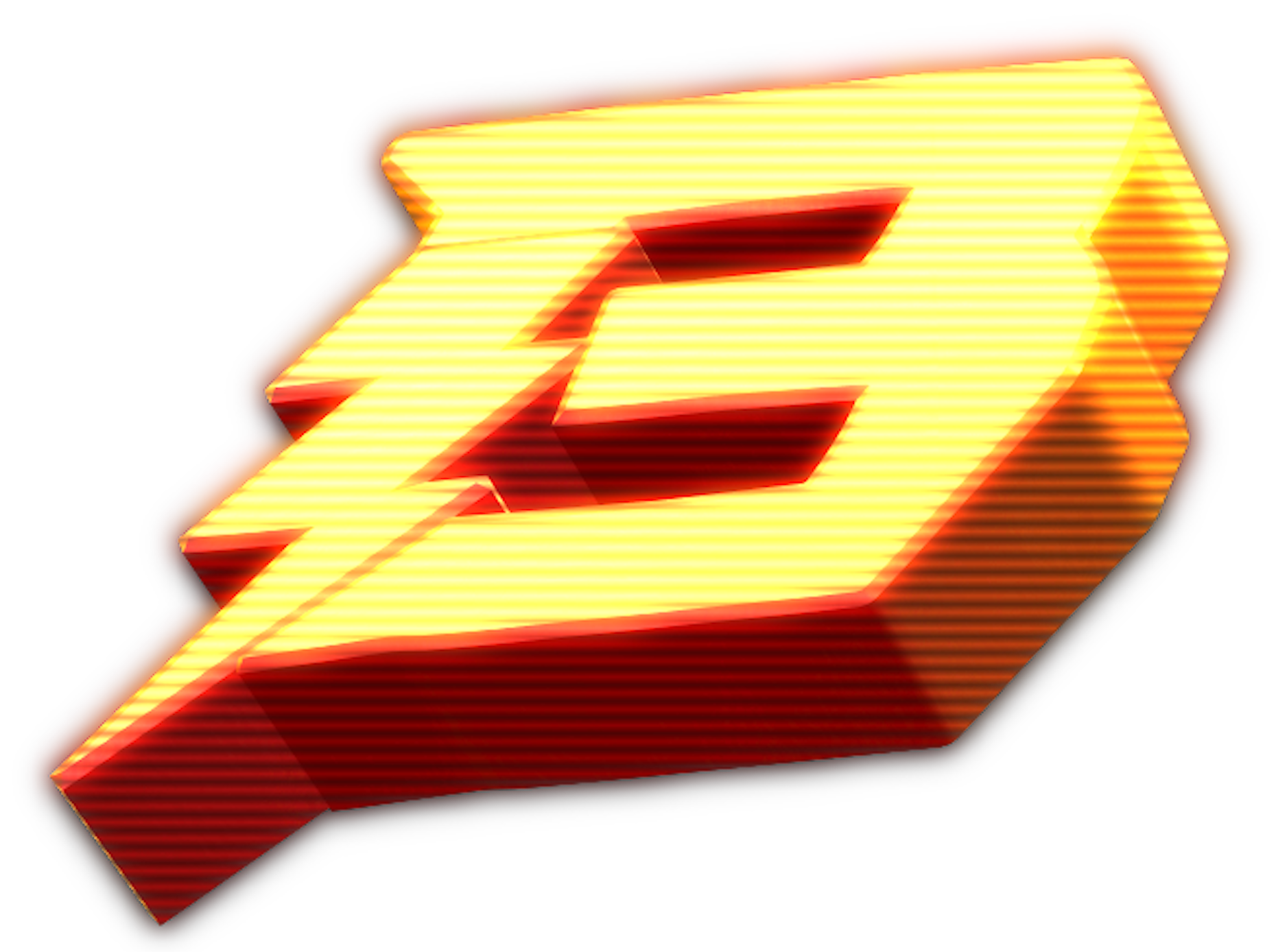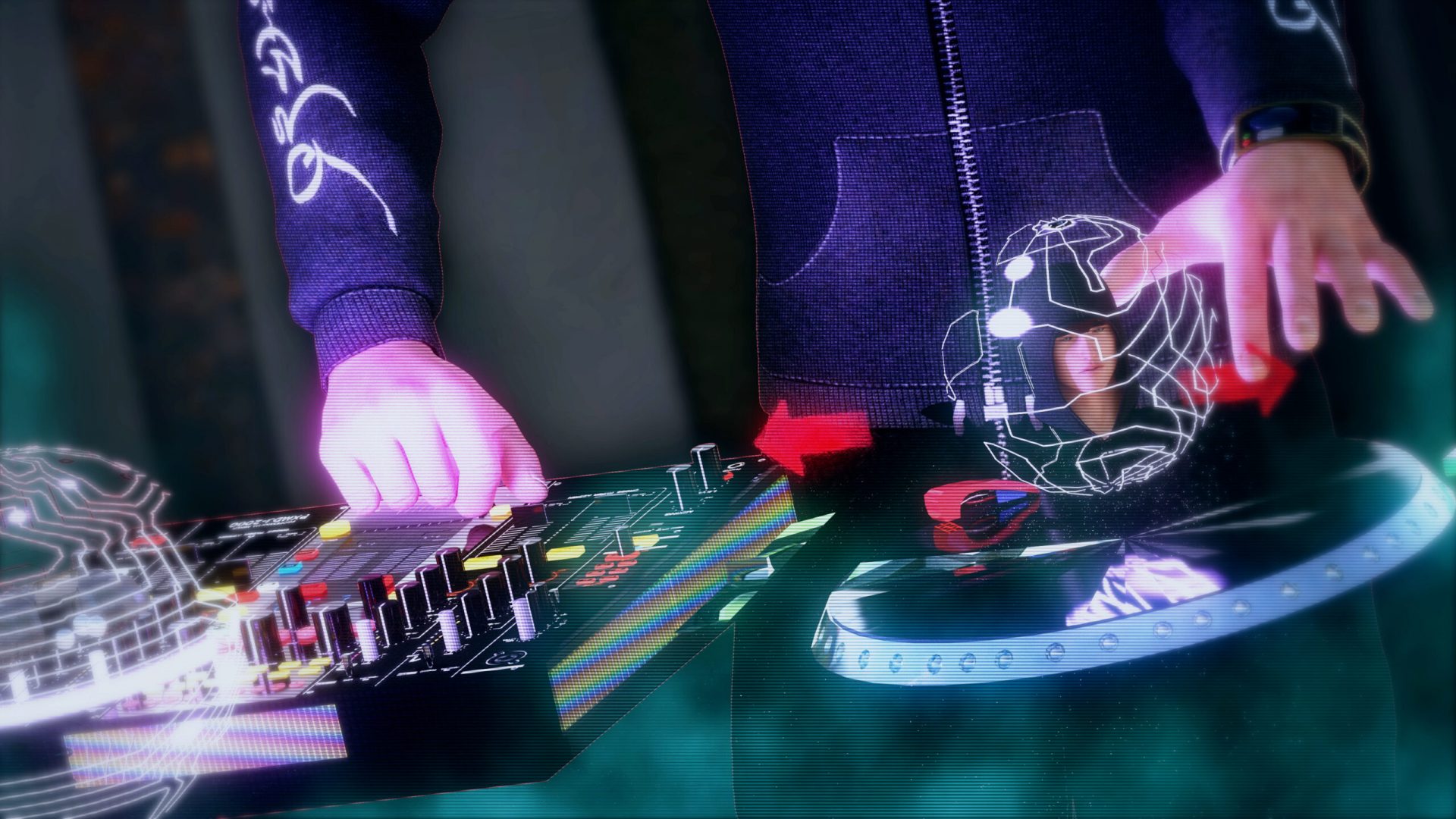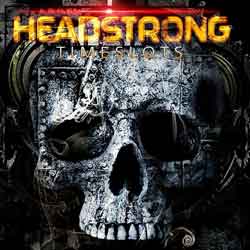The book is available here: Graffiti History Volume 4: The Art of UA Featuring Seen – Chalfant, Henry & Hergenrother, Max

The latest iteration of Henry Chalfant’s Graffiti Archive can be summed up in one word: SEEN. Decades after he was introduced to the world via Style Wars ([easyazon_link asin=”B00MR9HO38″ locale=”US” new_window=”default” nofollow=”default” tag=”lelifohotr-20″ add_to_cart=”default” cloaking=”default” localization=”default” popups=”default”]available now on blu-ray, of course, don’t-you-know?[/easyazon_link]), graffiti legend “Seen” is back again to make the haters hate. Like the previous three volumes of the series, volume 4 has its own share of surprises for even the most jaded graffiti train-spotters. And for those just getting interested in graffiti art, there is probably no better volume to start with due to Seen and UA’s pop-art, sugar-coated style.
“Sugar coated” belies the fact that this crew has probably been more influential than almost any other in the modern era. You can see their stylistic sensibilities even today in the current crop of amazing train bombers in Europe. Flipping through this volume it’s hard not to be amazed at the technical quality of UA’s trains back in the ‘80s. In particular, the Ski Hicki whole-car stands out as an amazing bit of humor (Ski and Hicki were famous anti-graffiti police) and so well-done that it would more than hold its own compared to the elaborate, skinny-nozzle, fancy-pants, Montana-can productions of today.
UA stood for “United Artists” and comprised of a handful of other members such as Duster, Breezer, Sin and Pjay. All their well-known classic trains are in this volume, such as Hand of Doom. Thankfully, many lesser-known masterpieces such as the Ski Hicki are included too. Top-to-bottom whole cars, blockbusters, and of course Duster’s amazing wildstyles and the later Breezer pieces are included therein.

Though the train photos are the main event in these books, the interviews are filled with surprises and aren’t to be missed. Seen, Duster and Breezer are interviewed in this volume. I won’t drop too many spoilers but news to me was that Seen and Duster both give Tracy 168 a lot of credit for influencing their style, as well as Billy 167. Also, it’s just worth the $5.99 for the book to see Seen go into exhaustive detail about his feud with Cope 2 and chime in on the “Seen vs. Seen TC5” controversy (see the other side of the story in Volume 3).

The Duster and Breezer interviews have some great background on the 6 yard where UA did most of their pieces. And, like the other Graffiti Archive volumes they reflect on their backgrounds before they painted the trains, the active bombing period of their lives, and what they are doing now.
The other volumes in the Graffiti Archive series, especially volume 3, have been profound on many cultural levels. Chalfant’s Graffiti Archive Volume 4 is another must-have in the series. The UA style is one of graffiti’s greatest emissaries to the mainstream world. The trains speak for themselves.


